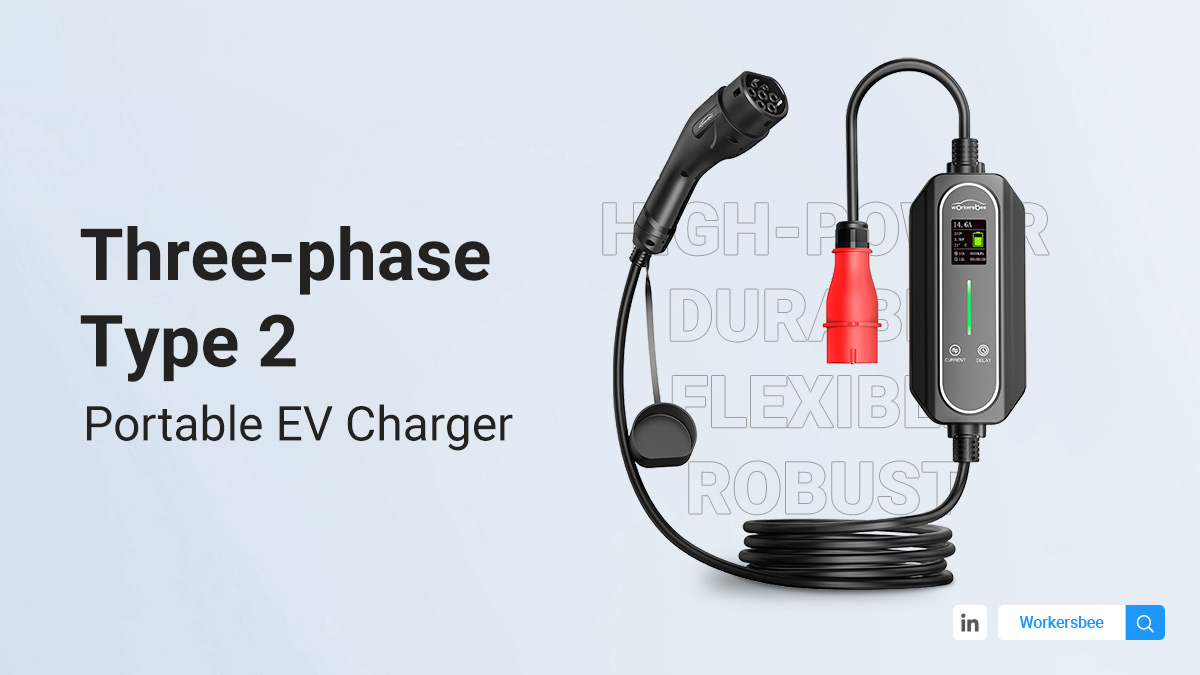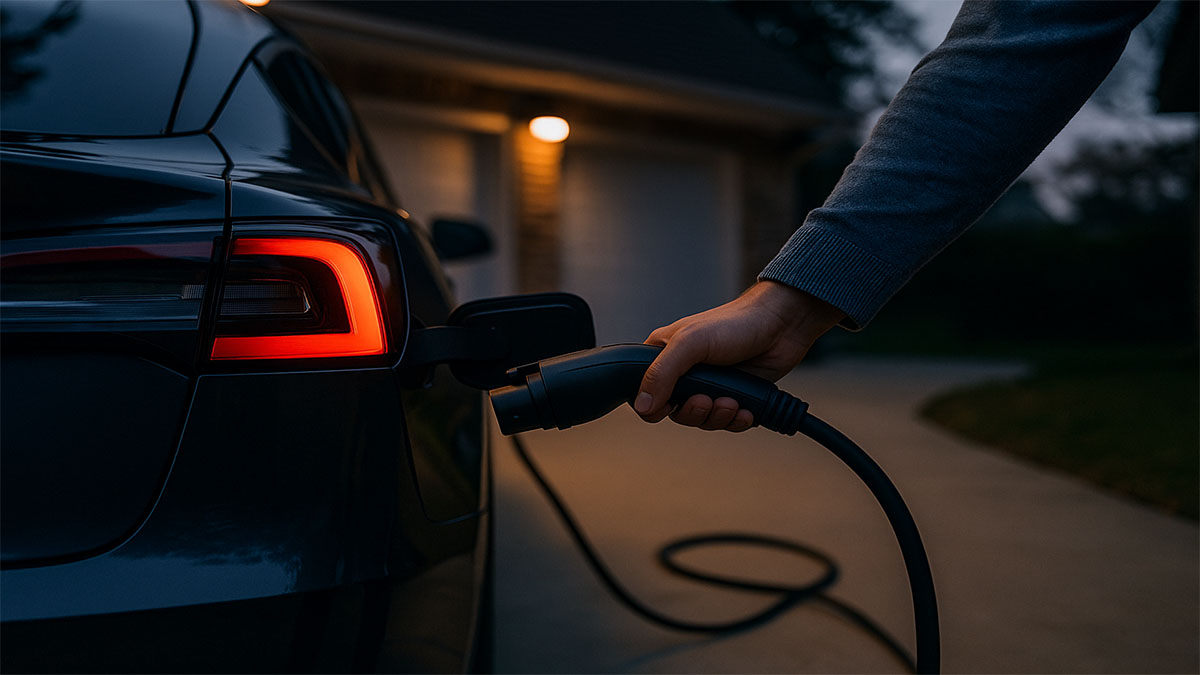 Game-Changing: The Rise of Three-Phase Portable EV Chargers for Home Charging
Game-Changing: The Rise of Three-Phase Portable EV Chargers for Home Charging
Dec 06, 2023
As environmental problems intensify and policy-led sales of electric vehicles skyrocket. As an indispensable source of power, the demand for EV charging market has also shown explosive growth. Governments are making every effort to promote public charging, but it cannot be ignored that for most electric vehicle owners, charging mainly occurs where they live. Home charging is more convenient and less expensive, giving it an unshakable position in the charging market.
Usually, private homeowners choose to install fixed EV chargers in their homes, while EV owners living in apartments opt for shared chargers in apartment parking lots, although in many cases, it is necessary to go with other residents to coordinate charging arrangements and parking occupancy. These chargers are almost AC chargers, available in different options from 3.7kw to 22kw. Today's more common one on the market is still the 7.4kw power output. These products may rely on installation by a professional electrician, require negotiation with local utility companies, and are not cheap. But by charging at home, you can enjoy low electricity bills and avoid the trouble of finding public charging stations.
There is a product whose functions may be underestimated by us, but in fact, many people have realized its benefits. It's the portable EV charger, which some automakers will include in the car purchase package (but usually with a very low capacity). If car owners purchase it themselves, they will find that portable EV chargers also have a wide range of capacity options and are cheaper. No complicated installation is required, as long as your power plug conforms to the electrical environment used. It is convenient enough to be fixed in your garage with a bracket or can be placed in the trunk of your car as a "first aid" when on the go. When car owners need to charge and have the right power source, use the portable EV charger to plug & charge at any time.
But many car owners will complain that its charging speed is too slow, which deepens their range anxiety because the one they have may be a 3.7kw charger. If the “leading role” is replaced by a 22kw three-phase charger, then the perception of "the portable EV chargers charge slowly" will be reversed.
Workersbee's portable EV charger (three-phase) delivers strong power to your customers with reliable performance, lightweight design, and a user-friendly charging experience. Three-phase electricity has greater stability and higher transmission efficiency, less energy loss during charging, and is safer and more reliable. Using a three-phase CEE plug, the charging speed is fast, and the allowed charging power is up to 22kW, which is 2~3 times that of the normal Mode 2 charger. It is believed that owners of electric pickups will love it.
The powerful control box not only ensures safe and stable charging and provides multiple safety protection measures, but also makes charging smarter and more humanized. Car owners can adjust the current with a simple button, plug and charge, or schedule charging according to actual needs.
The charger is equipped with a high-quality charging cable, which is soft and easy to handle, and is also easy to coil and organize. The clear display is highly readable, even in poor lighting conditions. Owners can clearly understand the charging status, such as current, voltage, charging progress, etc. For families with multiple electric vehicles, a reasonable configuration of portable chargers can allow multiple vehicles to enjoy the low cost and convenience of home charging at the same time.
Taking into account outdoor application scenarios, our design is more rugged to guarantee reliable charging even under challenging conditions. It has passed CE certification and deserves more trust from your customers.
Three-phase chargers may find wider applications for EV charging in the future due to their higher charging efficiency and faster charging speeds. As the development of clean energy deepens, to lower electricity costs, technological development may require more integration with solar energy and smart grids.
The three-phase portable EV charger plays a surprising role in home charging. It makes charging for EVs more convenient and cost-effective. We believe it will bring a pleasant charging experience to your customers and provide them with more high-quality charging solutions to choose from. Contact us for more details about the product and customized services.
Read More

 SAE J1772 Type1 VS IEC 62196 Type2? How to Choose
SAE J1772 Type1 VS IEC 62196 Type2? How to Choose
 Game-Changing: The Rise of Three-Phase Portable EV Chargers for Home Charging
Game-Changing: The Rise of Three-Phase Portable EV Chargers for Home Charging